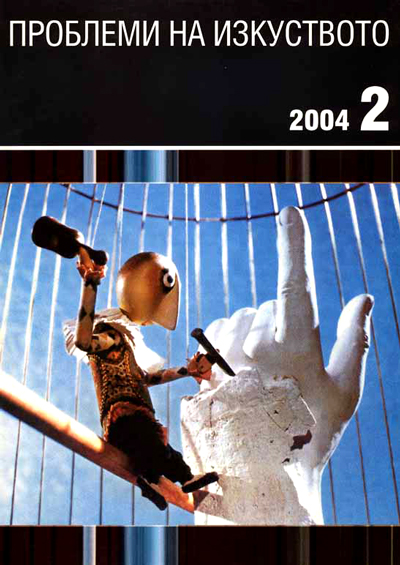
We kindly inform you that, as long as the subject affiliation of our 300.000+ articles is in progress, you might get unsufficient or no results on your third level or second level search. In this case, please broaden your search criteria.

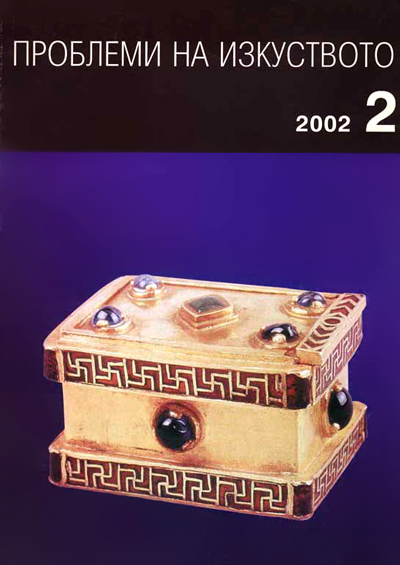
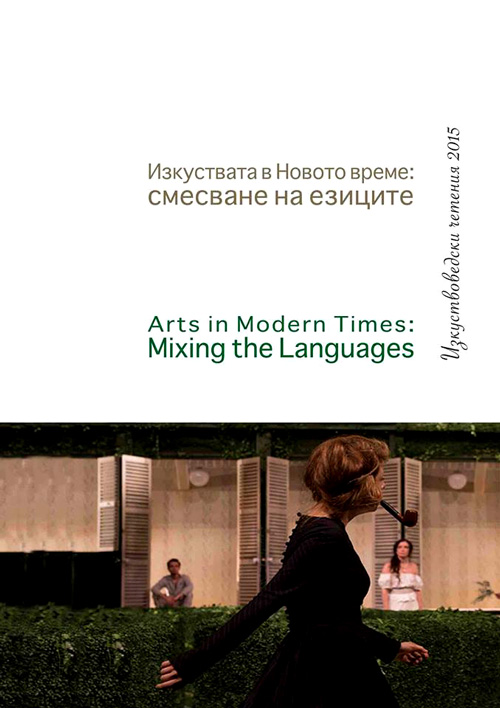
The New Realism in theatre is a hybrid dramatic form, established in the late 1990s by German director Thomas Ostermeier, who mixed on the one hand the languages of different arts and on the other hand, different dramatic languages. The paper follows two especially defining interactions in this type of a contemporary stage practice: the combining of the language of drama and the language of film with the new technologies and the specific combining of the maximal external authenticity of actor’s presence and material environment with the revealing and display of the actual experience of contemporary man, magnifying and exaggerating onstage otherwise concealed tensions, distortions and excesses of movements, gestures and intonations. These two types of ‘mixing the languages’ are examined using as examples the emblematic Thomas Ostermeier’s productions Shopping and Fucking, A Doll’s House, Hedda Gabler, Dominic Cooke’s The Comedy of Errors and Bulgarian Director Yavor Gardev’s Hamlet.
More...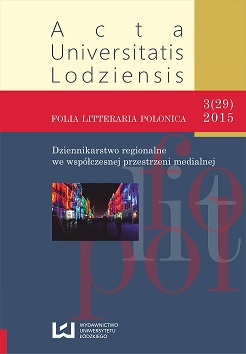
The article is a transcription of an interview with Piotr Słowikowski – a journalist from Lodz associated for many years with TVP Lodz (one of the regional branches of TVP, Poland’s public television broadcaster). The conversation focuses on the most significant TV programs (individual and series) produced by Słowikowski, as well as figures he considers to be particularly important for various reasons. Overall, it seems difficult to reconcile the prestigious and educational nature of Słowikowski’s productions with the contemporary perception of television as a medium for sensation and entertainment.
More...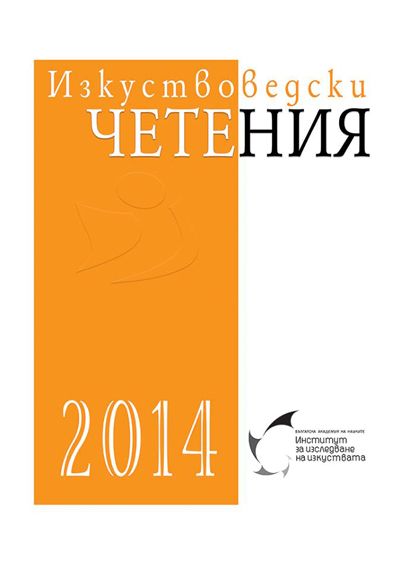
Raising this issue is important for several reasons. First of all, settling it would give an answer to the following question: if it is a public good, is then a cost-benefit analysis, which is the main method of studying public financial return, applicable to the fate of a completed movie? Utility is the major criterion in public funds spending, so is it measurable in the case of Bulgarian feature film projects and is there an answer to the question what utility unit is implemented to measure a unit of invested public resource? On the other hand, to what a degree are the methods for allocating public funds consistent with the traditional legal and economical mechanisms for spending public money? Equally important is the question of holding the project’s authors accountable for appropriate spending as well as of the options for an ex post audit by the public institution involved.
More...
There are at least a few reasons to consider deeply the art of Aleksandr Rodchenko. Undoubtedlya pretext is an exposition that had taken place in National Museum in Cracovduring the Month of Photography between May and August 2012: „Aleksandr Rodchenko.Revolution in Photography”. Nevertheless, apart from photographic creation of Rodchenkoit is worth to put an interest on his painting from one side and on the other onmanifests of constructivism and texts on art, photography, society and on his perceptionof future. Then appears an image of the whole Rodchenko’s artistic figure. In this figureseems to dominate an architectural form of seeing and of constructing of space in its‘visual, social, political, ideological and philosophical aspects.Rodchenko was looking on the world, the reality surrounding him through prism ofarchitecture, plan, construction. This architectural form of seeing, explicit in Rodchenko’sart, is present on many levels and has deeper meaning referring itself to „the constructionof the new world“ and has theoretical reasons on social, political, artistical andesthetical basis.
More...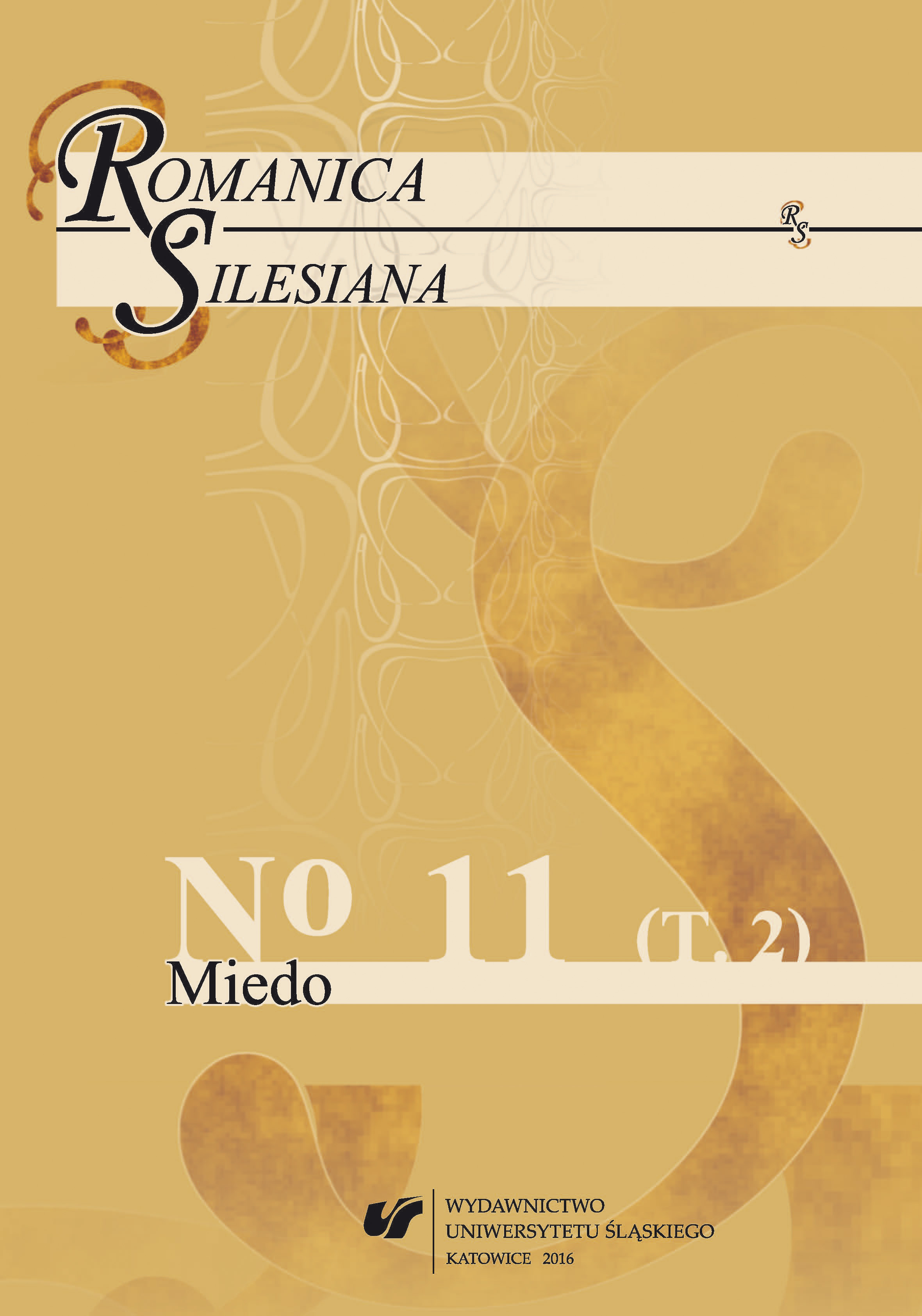
After the excesses of his previous terror movies, the Spanish director Jaume Balagueró returns to a more sober narrative to explore the mechanisms of anguish in an oppressive thriller behind closed doors, “Sleep Tight” (“Mientras duermes”, 2011). Influenced by Hitchcock and Polański, he proposes a new variation on the spatial motif of a building which becomes the nest of daily evil embodied by César, an ominous concierge who intrudes into the residents’ intimacy and endeavors to ruin their existence. The present article aims at analyzing the principal filmic and narrative strategies of anguish deployed in this movie. The director elaborates a Manichean costumbrista tale where he probes the atavistic fear of a nocturnal monstrous presence that may perturb the reassuring normality of domestic space. Through the construction of a rigorous rhetoric of repetition, Balagueró places the viewer in a disconcerting narrative in‑between and invites him to participate actively in the pernicious game orchestrated by his protagonist, depicted as a methodical agent of everyday terror.
More...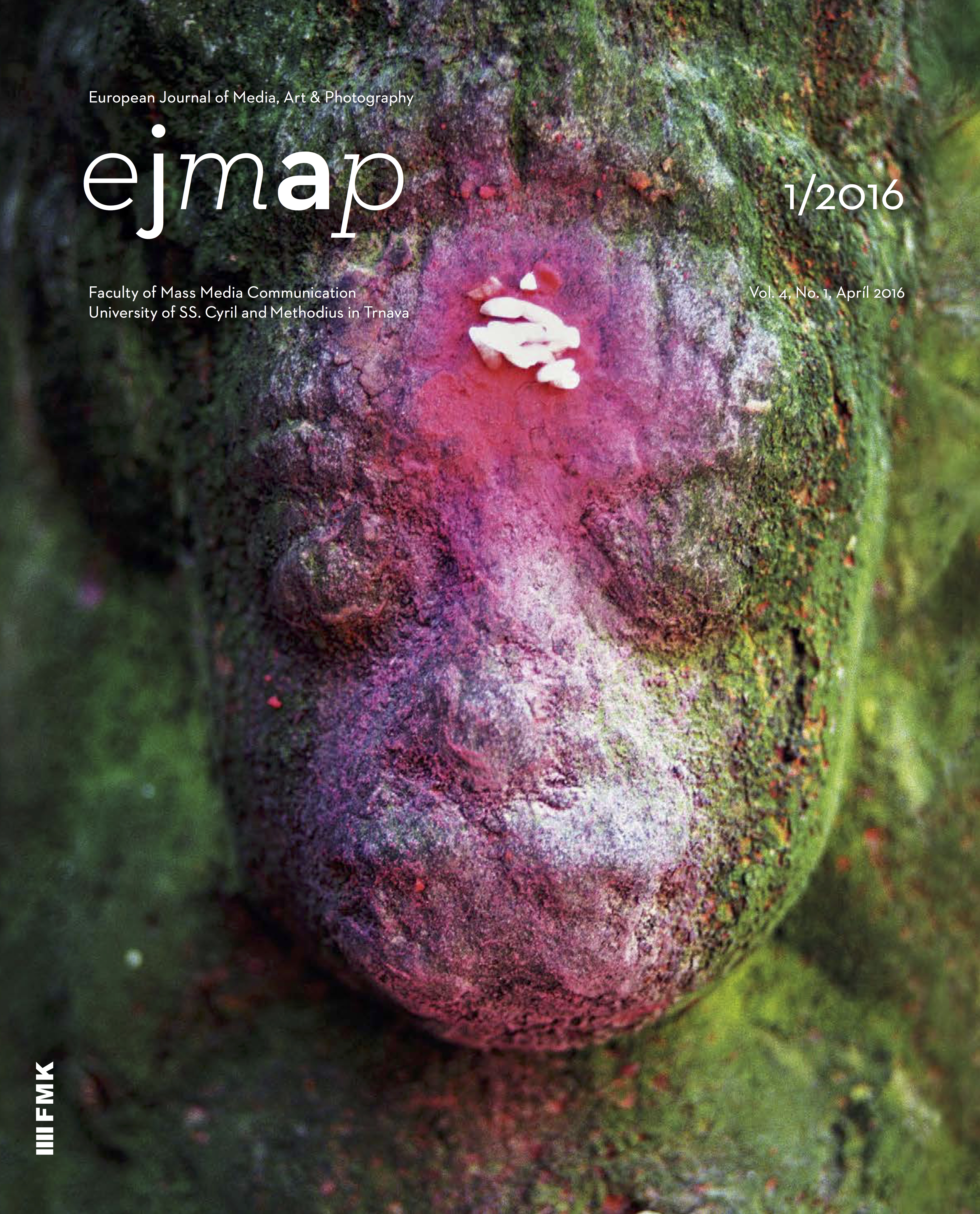
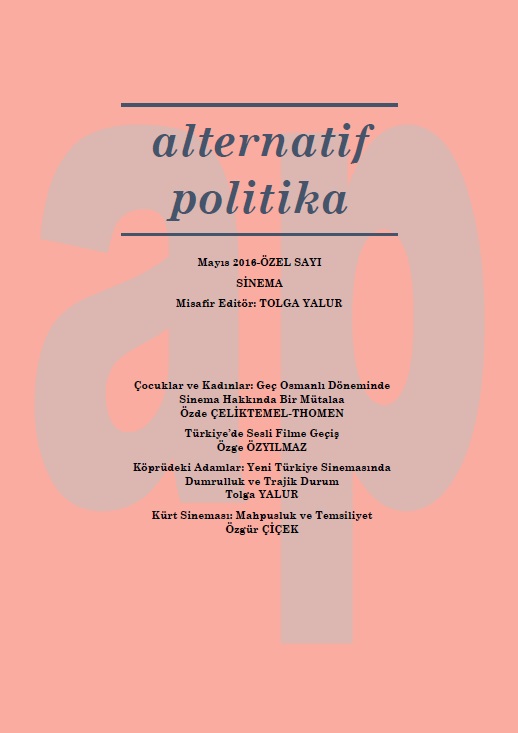
This study takes a number of popular films from the New Cinema of Turkey as references to investigate a dominant psychosocial condition in Turkishness. Based on the myth of Crazy Dumrul that represents the transition from Turkish-Paganism to Turkish-Islam where Dumrul faces the angel of death, this study looks through a subject’s conscience in the eye of the “Law”, which in Dumrul’s case restrains access to “truth” while he is trapped between two worlds: Earth and the hereafter, material and spiritual. This is conceptualized as a tragic condition, as the dominant psychosocial condition over male subjectivity in the recent cinema of Turkey.
More...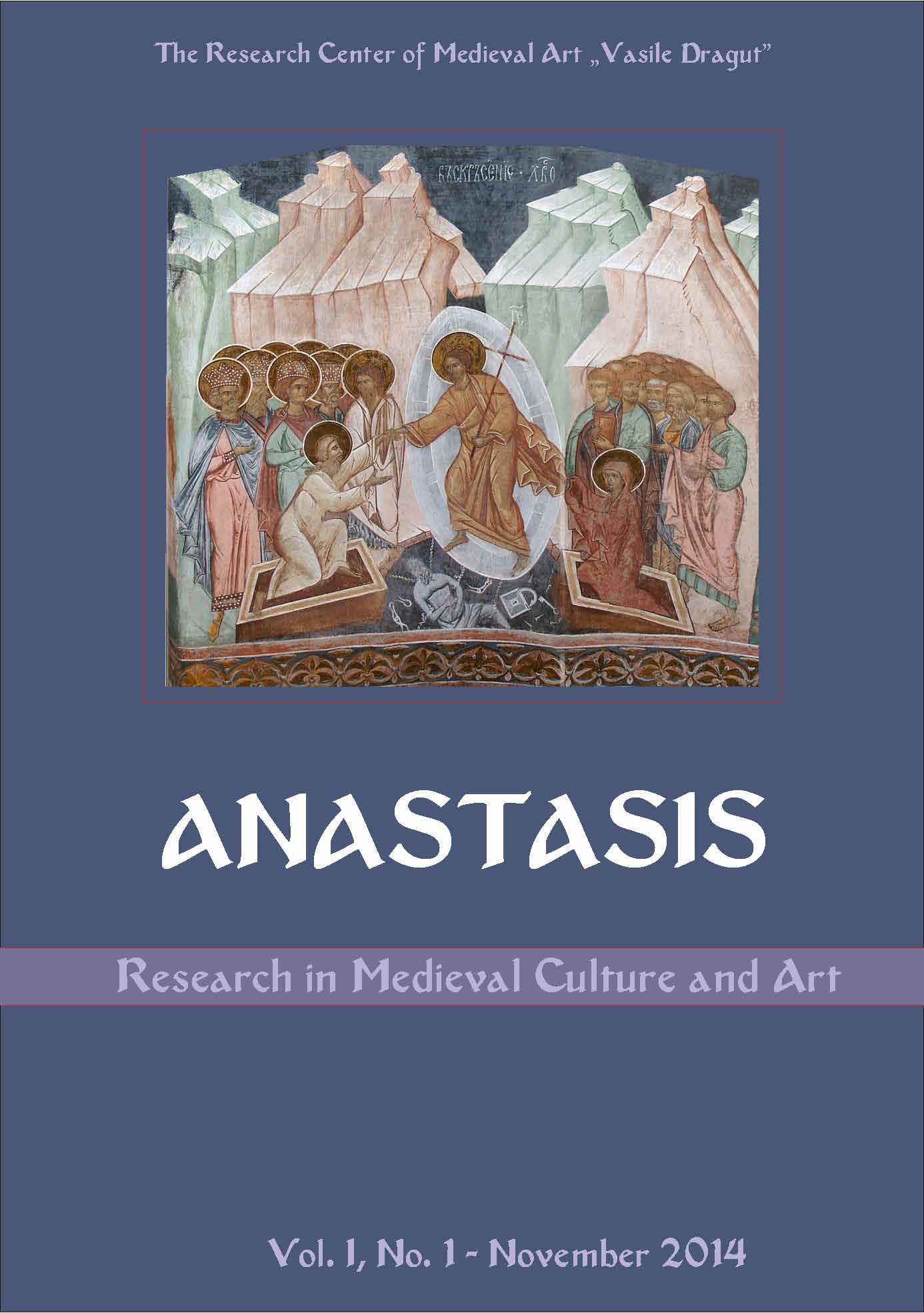
In the study Suceviţa’s wheels of the sky I have undertaken a multidisciplinary investigation of some ornamental elements like the stars painted on the inside wall painting of “Învierea Domnului” Church of Suceviţa Monastery and which are quite common elements at first sight in the sacred art of the Romanian Middle Ages. These stars are spectacular due to their size, spontaneity and quantity of design in the „sky” and maybe, especially due to the structure and the painting manner chosen by painters. Suceviţa’s sky is unique among all the important churches and monasteries built by voivodes between the 15th and 17th century in the North of Moldova: the painters Ioan and Sofronie painted symmetrically lots of big stars with angles formed of six rays as thin from center to the end. By using a nail and a wire or a compass they sketched equally spaced circles on which they traced the angles of the stars. After the recent restoration we do not know for sure if the circles were also golden circles as the stars but with the lapse of time they have become noticeable and now we have the so-called wheels of the sky. “Suceviţa’s sky” uniqueness lies not only in the technical innovation regarding star representation but also in its ability to raise some questions: are the stars inscribed in the circle pure ornamental elements taken from somewhere or are they symbols within the context of the monumental assembly? Is their source of inspiration only technical or also ideological? Why take pains to sketch some circles which would become invisible? Could this have been sketched only to exercise a new technique ? If they sketched the circles only as a guide mark in order to paint the stars symmetrically, why did they leave the circles without covering them somehow? Were the painters so unexperienced or careless that they didn’t realise that in time the effects of such technique would become noticeable? Or maybe was this done on purpose? If that was the case, what was the source of inspiration and what is the message? We can answer these questions only by undertaking an investigation on this topic, especially as the whole painting of Suceviţa is the representation of an organic mix of tradition, influences and original creation. The multidisciplinary method allows me to gather information from certain fields like wall painting techniques and restoration, history of medieval art, history of Christian art, dogmatic and symbolic theology of byzantine tradition, ethnology, mythology and native traditions in order to create an overall perspective on this ornamental element of Suceviţa’s wall painting. This study may be further developed, and, thanks to the multidisciplinary approach of investigation, the issues raised here – regarding an apparently common ornamental element of wall painting of the Romanian Middle Age – may lead to an unexpected outlook on the medieval art research from a modern point of view.
More...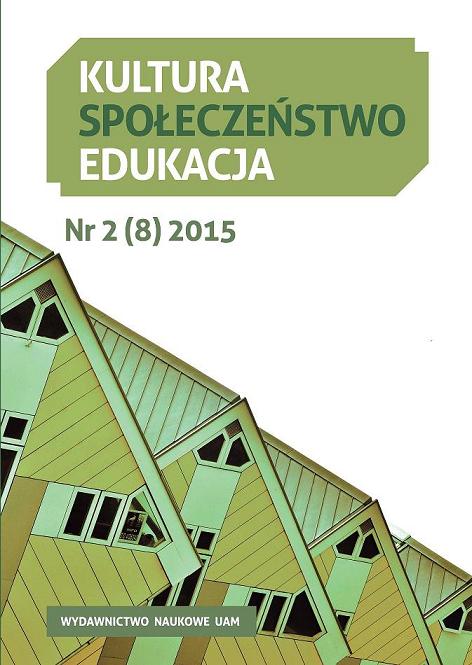
The artification hypothesis presented in this paper is based on the assumption that small children have the ability not just to persuade other to give them physical safety but also to initiate social bonds and emotional interaction. Thus the interactions between the child and mother are adaptive in their character and as such they were not considered by evolutionary psychologists. The other factor of artification is the ritualization of those interactions. The article delivers many examples of proto aesthetic actions and artifications stressing out also the religious aspect of the phenomenon. The author concludes with the notion that artification and aesthetic agency are adaptive as such and they were just as important in the human evolution as nonverbal information transmission.
More...
In the late 1970s, Steve Tesich appeared in Hollywood as a new writer with a fresh set of ideas framed within conventional narrative structures. Having found the space to present personal content within mainstream production, the Yugoslav immigrant created a nostalgic vision of America, breathing vitality into one withered social image. Permeated with the playfulness of ideals on account of which he had embraced his new homeland, his screenplays also leave traces of bitterness of an immigrant whose American Dream was dispersing before his eyes. Tesich’s cinematic expression is led by mild comedy, as well as strong characterization which enables pursuit of layered answers to questions posed by classism, immigraton and social activism. Out of six realized screenplays penned by Tesich, this article deals primarily with films Breaking Away and Four Friends as the most representative samples of his cinematic work and examines them in relation to the norms of the entertainment industry.
More...
Out of the numerous examples of feminine victims in the Romanian literature and historiography, three stand out as a source of inspiration for the Shakespearian narrative poem The Rape of Lucrece. The foundation of moral and political values in ancient Rome is represented by the famous Abduction of the Sabines in Ab Urbe Condita, that of Virginia and the chapter of Lucrece’s rape. In his poem, Shakespeare presents Rome undergoing a period of transition, the starting point for the evolution of the Roman Republic, founded on the death of Lucrece. While in Titus Livius’ work the legendary victims are perceived as essential for the salvation of Rome, and they bring legitimacy and political pragmatism, in Shakespeare’s case Lucrece is the image of “sacrifice” turning “sacred” for its own sake.
More...
In my article, I focus on bottom-up development processes associated with the forms of co-operation and success-building present in Western Mongolia and in rural areas of central Poland. In both cases, I emphasise the existence of long, but ever-changing local traditions of societal self-organization and grass-roots forms of development activities, which are often powerful enough to be the leading cause of change. I survey the forms of cooperation in post-pastoral communities associated with the city of Bulgan located by the southern slopes of the Altai Mountains, whose inhabitants re-produce a new their economic practices, act according to their own post-pastoral idiom andcome up with development ideas immersed in a contemporary Mongolian spirituality, rooted in local ways of achieving success. Likewise, I refer to the history of cooperation and coping in impoverished post-transformation Polishvillages near Szydłowiec, analysing spontaneous self-organisation processes and the production of certain alternative, community-based technical and social knowledge. These situations stand in opposition to the descriptions found in programmes offered by development institutions, which quite often still have a vision of the organisation of local social life as a passive structure, requiring externally driven change and, to a certain extent, resisting the development and modernisation processes. I also wish to suggest an approach to local cooperation that resists the existing logics of constructing development. It draws on local ideas and practices, ways of transforming social life and new economic projects, which as local forms of development become a separate world that is extremely important to understand.
More...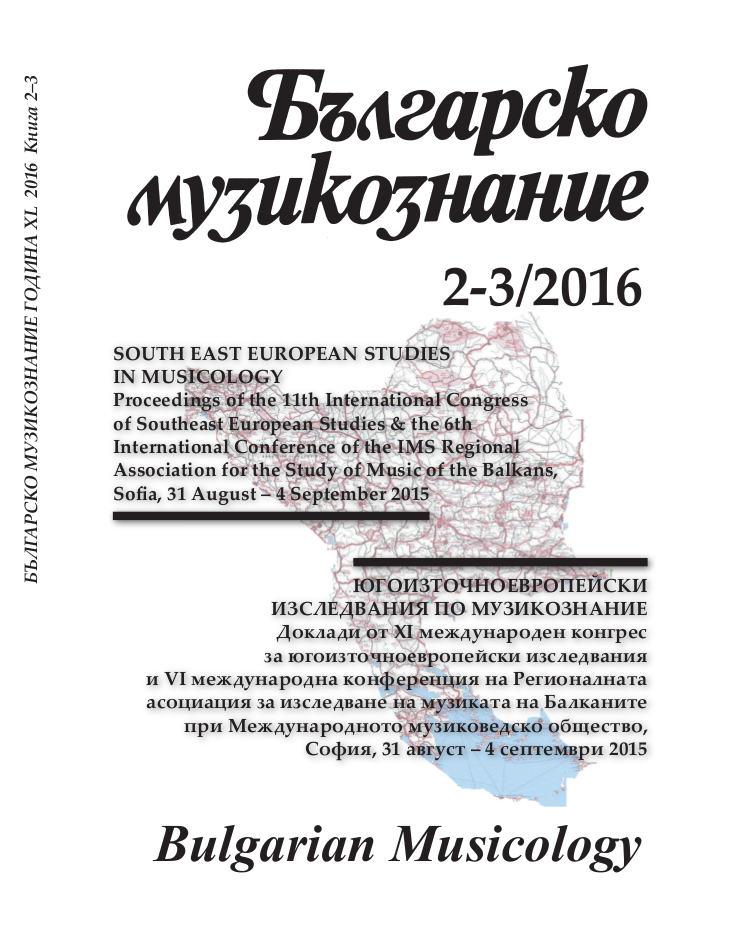
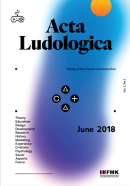
Interview with Masayuki UEMURA by Zdenko Mago
More...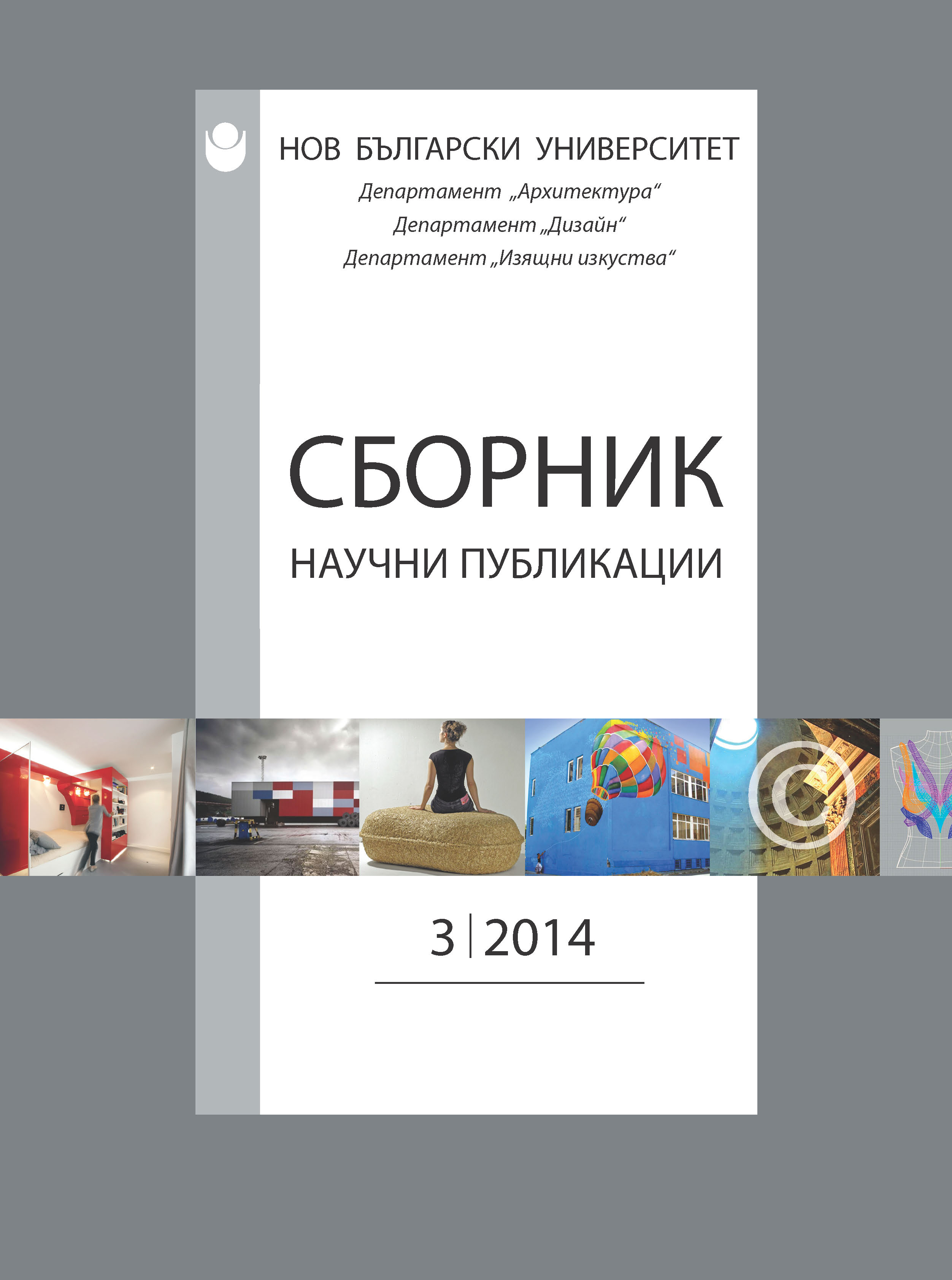
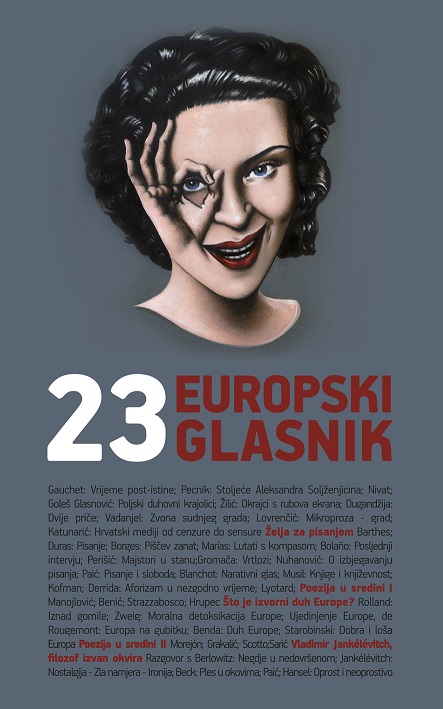
I nije neko iznenađenje da ironija skriva izvjesne opasnosti, kako za ironičara samog tako i za njegove žrtve. Manevar je riskantan, i, kao svaka dijalektička igra, uspijeva na jedvite jade : milimetar ovamo – i ironičar je poruga licemjera; milimetar onamo - i prevarit će sama sebe zajedno sa svojim žrtvama; udruživanje s vukovima podrazumijeva akrobaciju koja šeprtlju može skupo koštati. Ironija, pod prijetnjom brodoloma, mora pogibeljno navigirati između Haribde igre i Scile ozbiljnosti: prva od tih zamki otklizavanje je ironije u ludičko, druga ponovni pad alegorije u naivnu tautegoriju; ironija čas podlegne vrtoglavici dvosmislenosti, i dvosmjernost gramma i pneuma je uspije izludjeti; čas pristaje uz gramatičku doslovnost jednoglasno izabravši odustajanje od dvosmislenosti. [...]
More...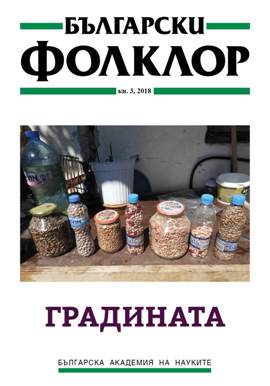
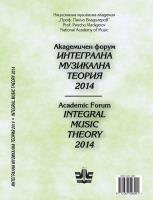
This paper presents a small portion of ongoing research addressing the sacred celebrations and chanting practices in Slavia Orthodoxa from the 11th to 13th centuries. The focus is on the instructions for musical performance as prescribed by the rubrics in extant copies of service books. The investigation focuses specifically on a description of the singing at table during the August 15 Feast of the Dormition of the Theotokos, as recorded in a 12th-century copy of the Studite Typikon, the rule in use at the Kiev Monastery of the Caves, during the time of its founder, Theodosius. It is an early account describing in detail the musical performance of the festive hymnody outside the Divine services. An excision and abstraction of the chanted numbers from their liturgical context this early in Slavic ecclesiastical history hints at a primal developmental stage of such paraliturgical, and distinctly Slavic, musical-devotional forms as the Kolyadi and the later Spiritual Verses. The musical settings are then located in contemporaneous musical manuscripts, and are presented and examined within the context of the occasion. The paper concludes with a reconstruction of one of the chants for the Dormition feast.
More...